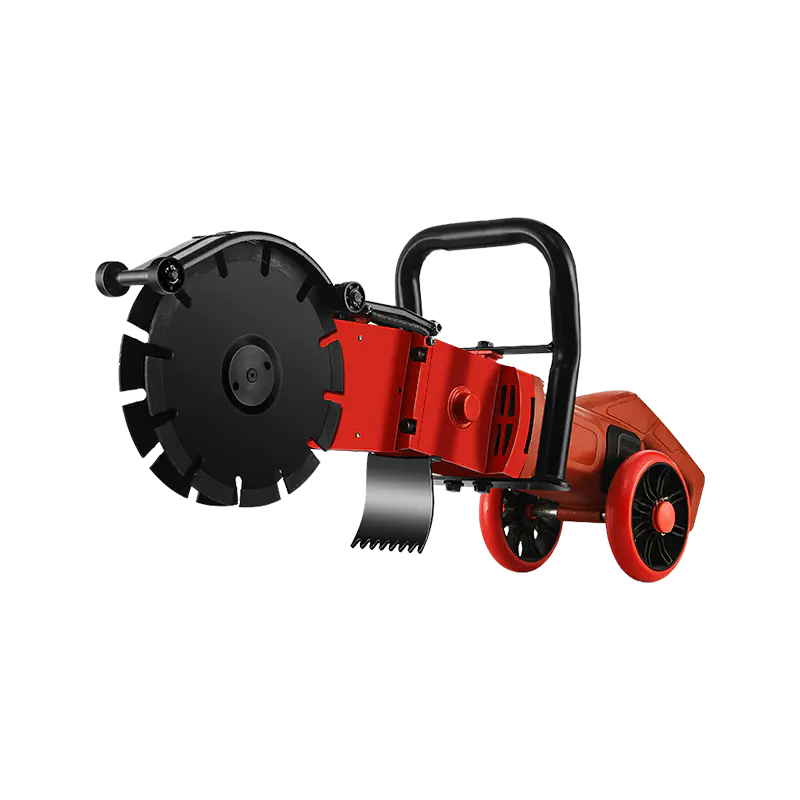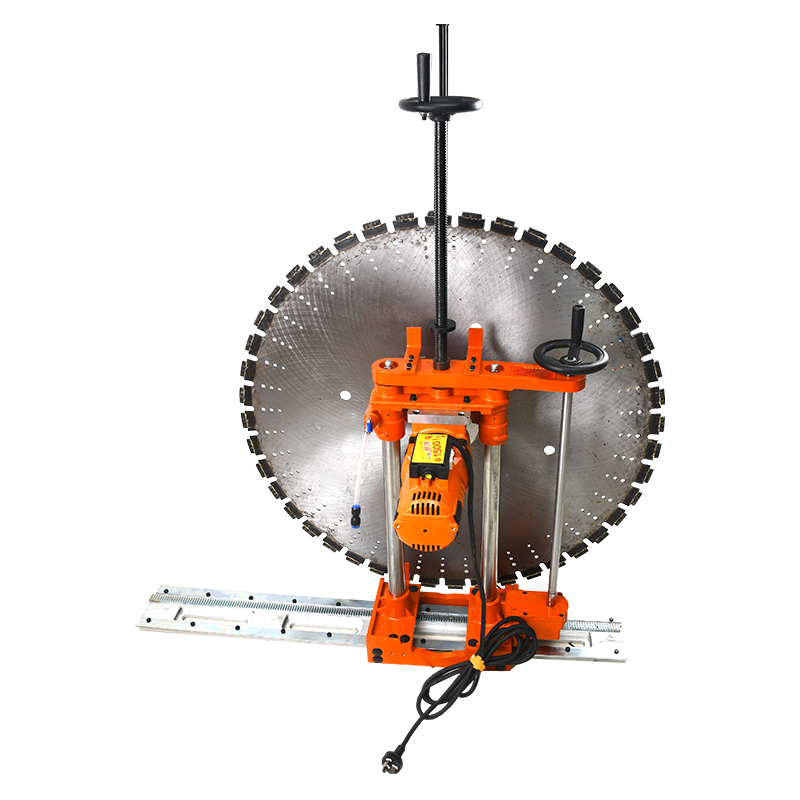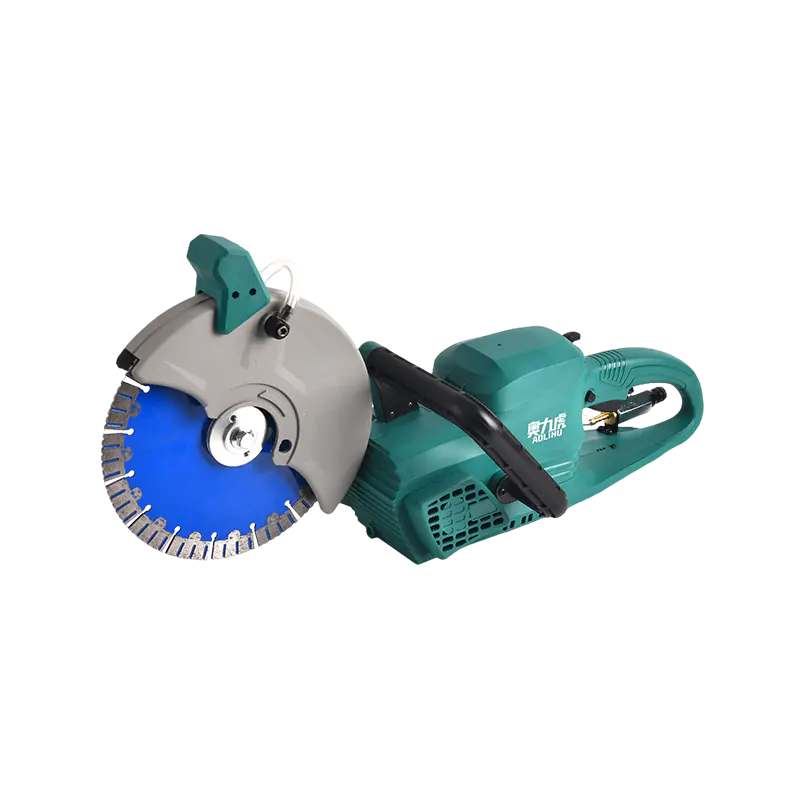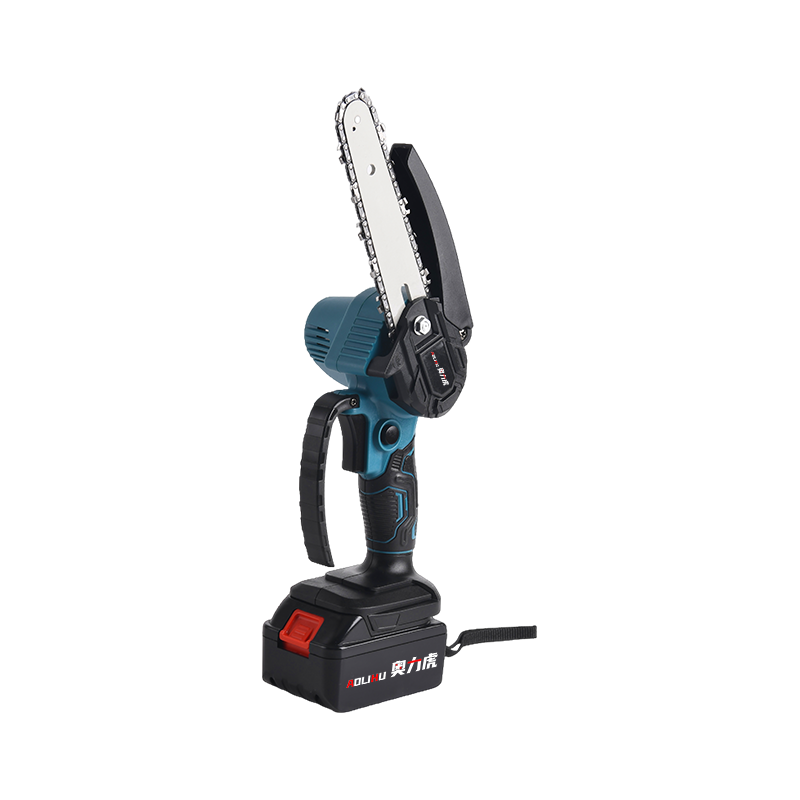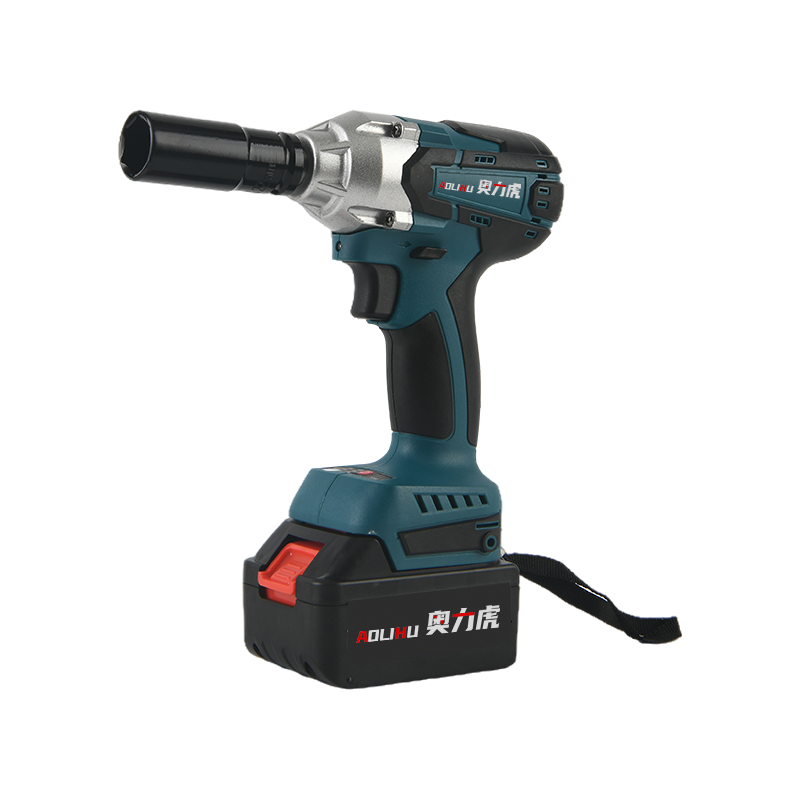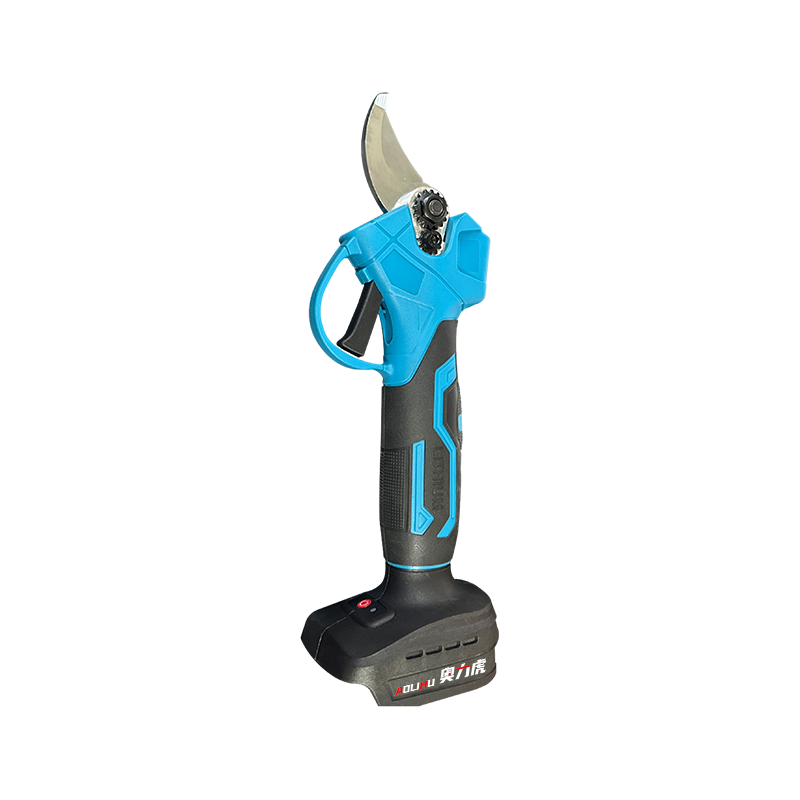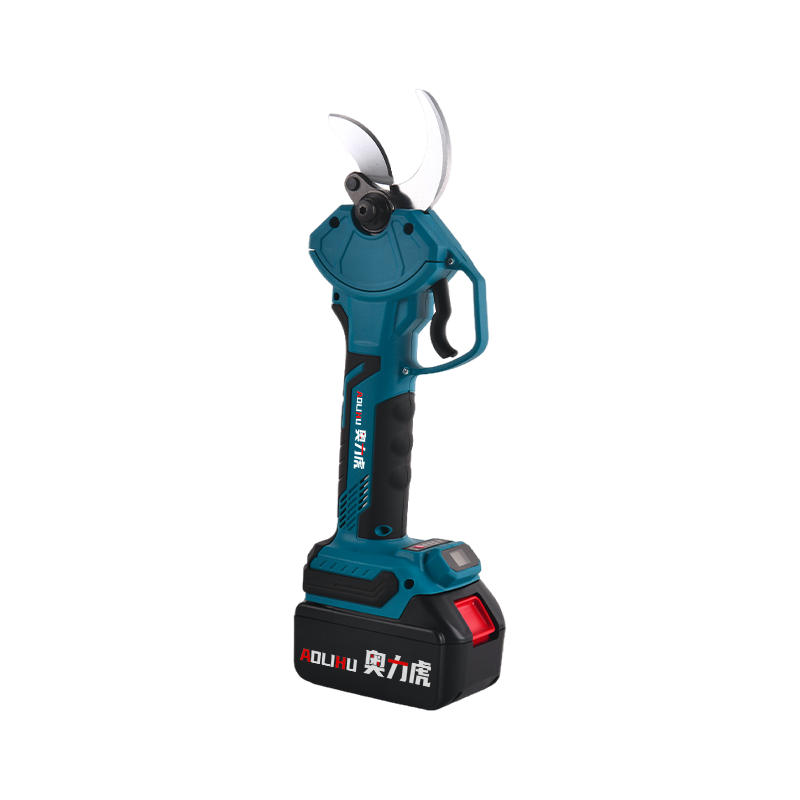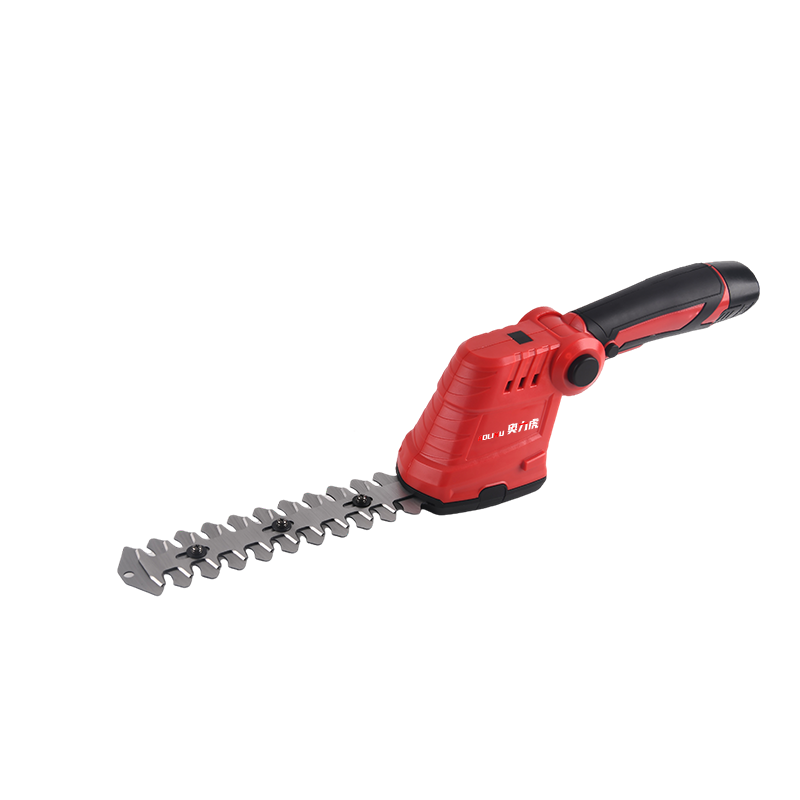The introduction of labor saving arm jack technology is transforming how workers handle heavy loads across various sectors. These innovative lifting devices combine mechanical advantage with ergonomic design to significantly reduce physical strain during material handling operations. Labor saving arm jacks are becoming essential equipment in warehouses, manufacturing facilities, and construction sites where repetitive lifting poses challenges to worker safety and productivity.

Recent advancements in labor saving arm jack design focus on improving both lifting capacity and maneuverability. Modern units feature balanced weight distribution and intuitive controls that allow smooth operation with small effort. Many contemporary labor saving arm jack models incorporate adjustable height settings and rotating platforms to accommodate different load sizes and workplace configurations. These improvements make the devices versatile solutions for diverse material handling applications while maintaining user comfort.
The logistics and warehousing industry has rapidly adopted labor saving arm jack technology to improve efficiency in loading and unloading operations. These devices enable workers to handle heavy pallets and containers without excessive bending or straining. Labor saving arm jacks with specialized clamp attachments have proven particularly valuable for moving irregularly shaped loads that would be difficult to manage with traditional equipment. The reduced physical demands cause fewer workplace injuries and greater productivity throughout extended shifts.
Manufacturing facilities are implementing labor saving arm jacks at assembly stations and production lines to enhance worker safety. The equipment's precise positioning capabilities help maintain quality standards while small product damage during handling. Many labor saving arm jack designs now include integrated weighing systems that provide accurate load measurements without requiring separate scales. These multifunctional features add value beyond basic lifting assistance in industrial environments.
Construction sites benefit from portable labor saving arm jack models designed for rugged conditions. Heavy-duty versions with all-terrain wheels and weather-resistant components perform reliably in outdoor environments. Labor saving arm jacks have become indispensable for positioning building materials, machinery components, and tools at various heights with controlled precision. Their use reduces reliance on more expensive lifting equipment while providing similar functionality for many common tasks.
Healthcare applications for labor saving arm jack technology are growing in patient care facilities and rehabilitation centers. Medical-grade models with enhanced stability assist caregivers in transferring patients safely between beds, chairs, and examination tables. These specialized labor saving arm jacks incorporate features like padded supports and gentle movement controls to ensure patient comfort during transfers while protecting healthcare workers from back injuries.
Ergonomic improvements in labor saving arm jack design continue to enhance user experience. Many current models feature adjustable handle positions and intuitive control interfaces that accommodate operators of different heights and strengths. Advanced models include power-assisted lifting mechanisms that further reduce physical exertion while maintaining precise load control. These human-centered design elements make the equipment accessible to a broader range of workers while improving overall workplace safety.
Future developments in labor saving arm jack technology may include smart sensors for load monitoring and operator feedback systems. Research into alternative power sources could cause more energy-efficient models with extended operation times. The integration of automation features might enable semi-autonomous positioning capabilities for certain applications while maintaining manual control options.

 English
English русский
русский Français
Français Español
Español